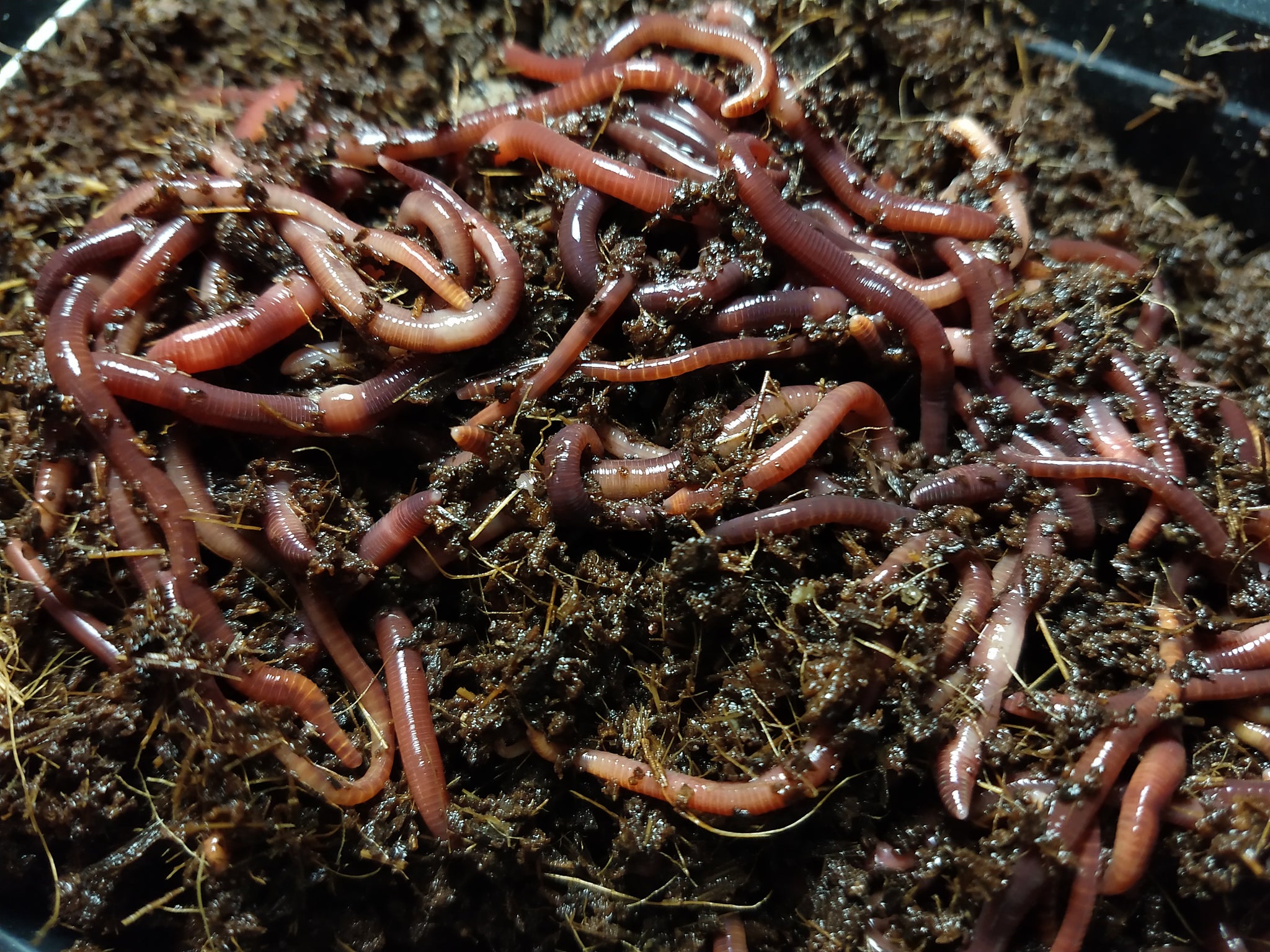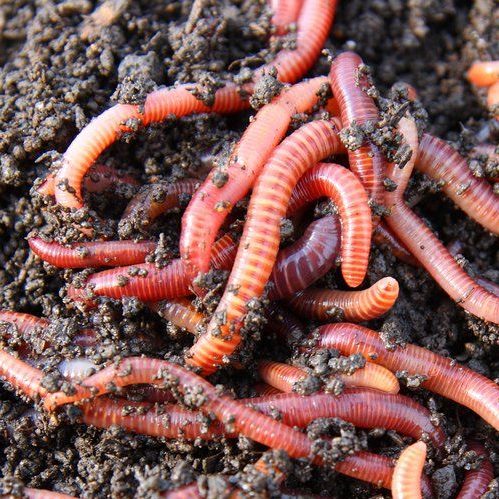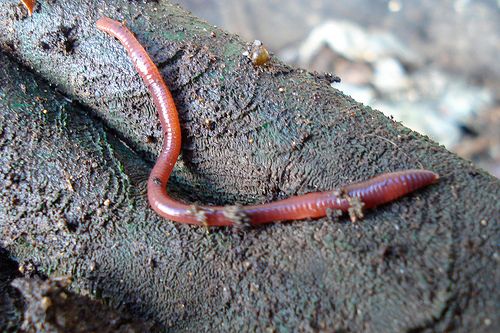Red Wigglers: The Unsung Heroes of Organic Waste Recycling
Red wigglers, or Eisenia fetida, serve as critical representatives in the organic waste recycling procedure, changing disposed of products right into important vermicompost. As the globe increasingly seeks remedies to fight waste accumulation and boost farming efficiency, recognizing the role of these worms comes to be important.
What Are Red Wigglers?
The remarkable durability of red wigglers, medically understood as Eisenia fetida, highlights their vital role in organic waste recycling. These tiny, reddish-brown earthworms are commonly located in decomposing raw material, such as compost stacks and manure stacks. Lake Hickory Bait. Unlike other earthworm species, red wigglers flourish in nutrient-rich environments and are very reliable at breaking down natural products, making them vital for vermicomposting

(Lake Rhodhiss Bait)In addition to their role in waste decrease, red wigglers add to soil health and wellness by boosting soil structure and oygenation with their delving tasks (Lake Hickory Bait). Their visibility in composting systems not only boosts decomposition rates but additionally promotes a lasting technique to throw away management, illustrating their relevance in eco-friendly preservation initiatives
Benefits of Composting With Worms
Composting with worms, especially red wigglers, provides countless advantages that enhance both waste management and dirt wellness. These worms efficiently break down natural waste, transforming it into nutrient-rich vermicompost that enriches dirt. This process increases disintegration, allowing for a quicker recycling of cooking area scraps and various other organic materials contrasted to traditional composting techniques.
Additionally, the vermicompost produced by red wigglers is bristling with valuable microorganisms, which help improve soil structure, aeration, and wetness retention. This boosts the general health of plants, promoting strenuous growth and boosted returns in gardens and farming settings. In addition, making use of worms in composting reduces the manufacturing of greenhouse gases, such as methane, adding to a more lasting waste administration system.

How to Start Vermicomposting
Establishing a vermicomposting system is an uncomplicated procedure that can yield substantial benefits for both waste management and soil enrichment. To start, choose an ideal container, such as a plastic bin or wood box, with appropriate air flow holes to make sure appropriate air movement. The dimensions must preferably be about 2 feet by 3 feet, enabling adequate area for the worms to thrive.
Next, prepare bed linen material, which can include shredded paper, cardboard, or coconut coir. This bed linens must be dampened to develop a suitable environment for the worms. Once the bed linen remains in location, present red wigglers (Eisenia fetida) into the bin, usually around one extra pound of worms for every single square foot of area.
Adhering to the positioning of worms, add organic waste, such as fruit and vegetable scraps, coffee premises, and smashed eggshells. With these steps, you will effectively initiate a vermicomposting system that contributes to lasting waste monitoring and enhances your dirt.
Preserving a Healthy And Balanced Worm Bin
(Red Wiggler Express)Maintaining a worm container flourishing requires regular interest and like guarantee the health of the red wigglers and the efficiency of the composting process. Correct maintenance begins with checking the moisture levels; the bin needs to perspire however not saturated. A great general rule is to maintain an uniformity comparable to a wrung-out sponge.
Delicately blending the bedding and food scraps every few weeks prevents compaction and makes sure that all worms have access to oxygen. Furthermore, it is crucial to feed the worms appropriately.
Temperature guideline is one more essential facet. Red wigglers grow in a variety of 55 to 77 levels Fahrenheit. If the container ends up being too hot or cool, the worms might end up being stressed - Lake Hickory Bait. Last but not least, periodically check for signs of wellness, such as worm populace development and the visibility of healthy and balanced spreadings. By vigilantly handling these factors, one can maintain a robust and productive worm bin.
Influence on Sustainable Living
The successful upkeep of a worm container not only profits the health and wellness of red wigglers yet additionally contributes dramatically to lasting living methods. By reusing natural waste, such as cooking area scraps and backyard particles, red wigglers aid draw away significant quantities of material from garbage dumps. This reduction in waste not only reduces greenhouse gas discharges but likewise reduces the ecological worry associated with waste management.
Moreover, the spreadings created by red wigglers offer as a nutrient-rich organic fertilizer, improving dirt health and advertising plant growth. This all-natural alternative to chemical plant foods supports sustainable farming and gardening practices, decreasing reliance on artificial inputs that can hurt ecosystems. In addition, worm composting cultivates recognition of waste administration, motivating people and communities to adopt more sustainable routines.

Verdict
In summary, red wigglers act as essential contributors to organic waste recycling with their efficient decomposition of natural materials. Their capability to generate nutrient-rich vermicompost enhances soil health and supports lasting agricultural methods. By integrating vermicomposting into waste monitoring techniques, people and areas can considerably minimize waste while advertising environmental sustainability. The role of Eisenia fetida in fostering healthy and balanced ecological communities emphasizes the importance of these microorganisms in attaining sustainable living and enhancing dirt fertility.